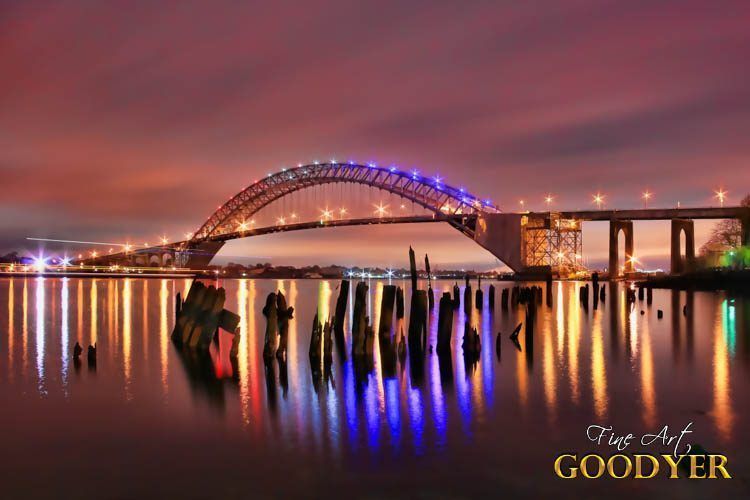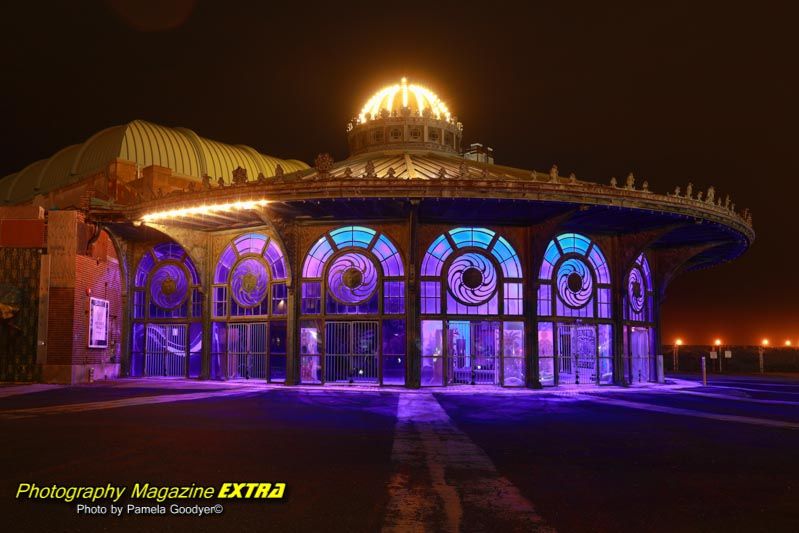Great Photography Spots in New Jersey
New Jersey photography areas and locations and the basics of New Jersey
New Jersey is bordered on the north and northeast by New York (parts of which are across the Hudson River, Upper New York Bay, the Kill Van Kull, Newark Bay, and the Arthur Kill); on the east by the Atlantic Ocean; on the southwest by Delaware across Delaware Bay; and on the west by Pennsylvania across the Delaware River.
New Jersey is often broadly divided into three geographic regions: North Jersey, Central Jersey, and South Jersey. Some New Jersey residents do not consider Central Jersey a region in its own right, but others believe it is a separate geographic and cultural area from the North and South.
Within those regions are five distinct areas, based on natural geography and population concentration. Northeastern New Jersey lies closest to Manhattan in New York City, and up to a million residents commute daily into the city for work, often via public transportation.[55] Northwestern New Jersey, is more wooded, rural, and mountainous. The Jersey Shore, along the Atlantic Coast in Central and South Jersey, has its own unique natural, residential, and cultural characteristics owing to its location by the ocean. The Delaware Valley includes the southwestern counties of the state, which reside within the Philadelphia Metropolitan Area. The Pine Barrens region is in the southern interior of New Jersey. Covered rather extensively by mixed pine and oak forest, it has a much lower population density than much of the rest of the state.
The federal Office of Management and Budget divides New Jersey’s counties into seven Metropolitan Statistical Areas, with sixteen counties included in either the New York City or Philadelphia metro areas. Four counties have independent metro areas, and Warren County is part of the Pennsylvania-based Lehigh Valley metro area. New Jersey is also at the center of the Northeast megalopolis.
High Point, in Montague Township, Sussex County, is the state’s highest elevation, at 1,803 feet (550 m). The Palisades are a line of steep cliffs on the west side of the Hudson River, in Bergen and Hudson Counties.
Major rivers include the Hudson, Delaware, Raritan, Passaic, Hackensack, Rahway, Musconetcong, Mullica, Rancocas, Manasquan, Maurice, and Toms rivers.
There are two climatic conditions in the state. The south, central, and northeast parts of the state have a humid subtropical climate, while the northwest has a humid continental climate (microthermal), with much cooler temperatures due to the higher elevation. New Jersey receives between 2,400 and 2,800 hours of sunshine annually.[56]
Summers are typically hot and humid, with statewide average high temperatures of 82–87 °F (28–31 °C) and lows of 60–69 °F (16–21 °C); however, temperatures exceed 90 °F (32 °C) on average 25 days each summer, exceeding 100 °F (38 °C) in some years. Winters are usually cold, with average high temperatures of 34–43 °F (1–6 °C) and lows of 16 to 28 °F (−9 to −2 °C) for most of the state, but temperatures could, for brief periods, fall below 10 °F (−12 °C) and occasionally rise above 50 °F (10 °C). Northwestern parts of the state have significantly colder winters with sub-0 °F (−18 °C) being an almost annual occurrence. Spring and autumn may feature wide temperature variations, with lower humidity than summer. The USDA Plant Hardiness Zone classification ranges from 6 in the northwest of the state, to 7B near Cape May.[57] All-time temperature extremes recorded in New Jersey include 110 °F (43 °C) on July 10, 1936 in Runyon, Middlesex County and −34 °F (−37 °C) on January 5, 1904 in River Vale, Bergen County.[58]
The average annual precipitation ranges from 43 to 51 inches (1,100 to 1,300 mm), uniformly spread throughout the year. Average snowfall per winter season ranges from 10–15 inches (25–38 cm) in the south and near the seacoast, 15–30 inches (38–76 cm) in the northeast and central part of the state, to about 40–50 inches (1.0–1.3 m) in the northwestern highlands, but this often varies considerably from year to year. Precipitation falls on an average of 120 days a year, with 25 to 30 thunderstorms, most of which occur during the summer.
During winter and early spring, New Jersey can experience “nor’easters”, which are capable of causing blizzards or flooding throughout the northeastern United States. Hurricanes and tropical storms (such as Tropical Storm Floyd in 1999[59]), tornadoes, and earthquakes are rare, although New Jersey was severely impacted by Hurricane Sandy on October 29, 2012 with the storm making landfall in the state at 90 mph.
Where to take pictures? The New Jersey Hot Spot Location section is a great resource.























 Photography, Lessons, Workshops and Classes.
Photography, Lessons, Workshops and Classes.